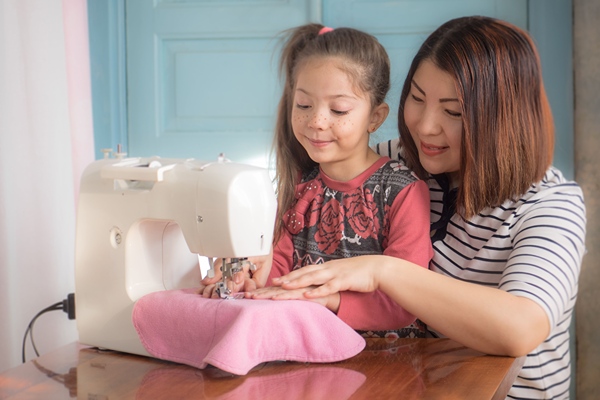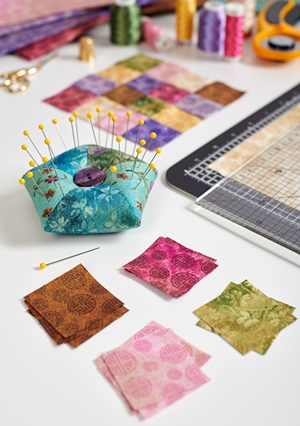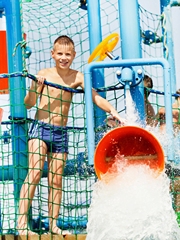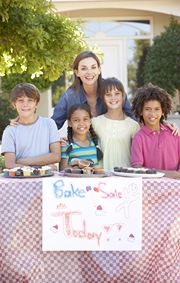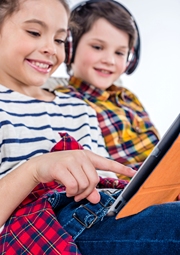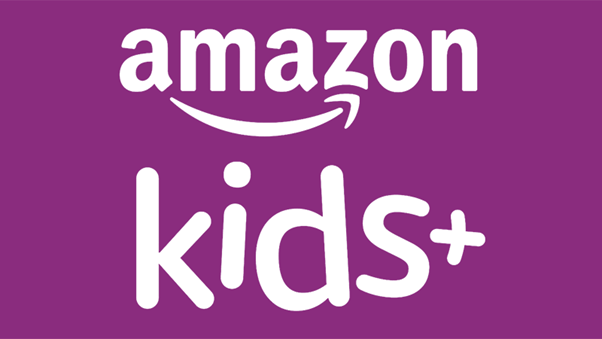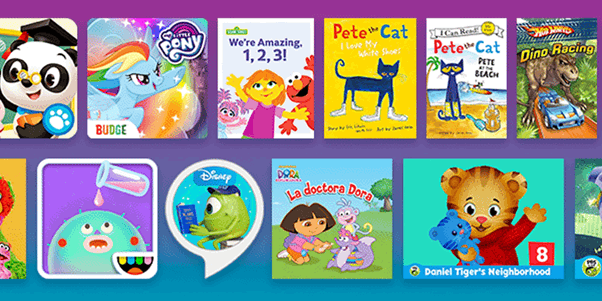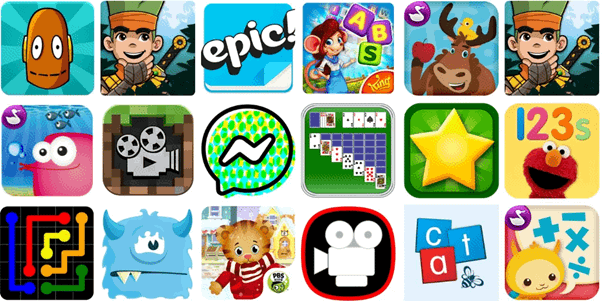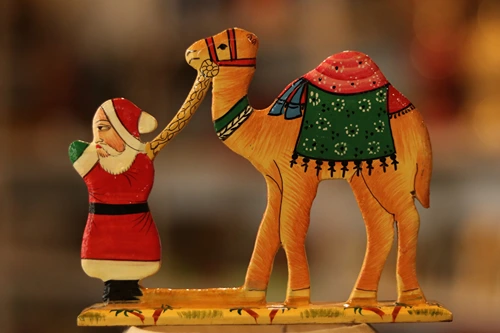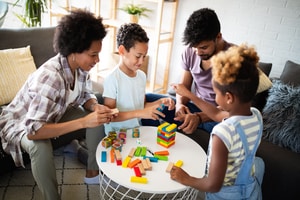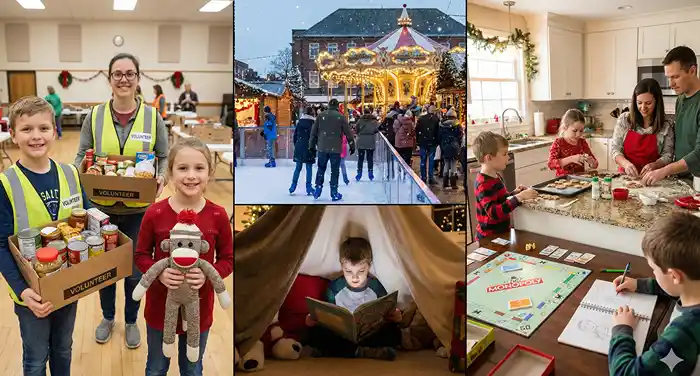Raising funds for a cause can seem daunting, but with the right strategy, anyone can make a significant impact. Whether you’re supporting a school, church, or nonprofit organization, countless fundraising ideas exist. From hosting a 5K run to selling custom apparel, creative avenues can help you reach your financial goals.
These activities generate much-needed funds and engage your community in meaningful ways. If you’re seeking easy fundraising ideas, consider events that require minimal setup and resources. Bake sales, car washes, and t-shirt fundraisers are excellent starting points.
For those aiming for a larger scale, virtual events and peer-to-peer campaigns can amplify your reach and maximize returns. Leveraging digital platforms allows supporters from any location to contribute, increasing the potential for higher participation and donations.
Incorporating seasonal themes can also boost interest and participation. Spring fairs, summer sports events, autumn festivals, and winter galas offer unique fundraising opportunities. Tailor these events to your audience and the time of year to make them more appealing. With a mix of traditional and innovative approaches, your fundraising efforts will succeed.
Engaging Community Events
Engaging in community events not only gathers people together but also creates lasting memories and raises substantial funds. The following ideas highlight specific ways to achieve these goals.
Organizing a Fun Run or Walkathon
Organizing a fun run or walkathon can boost community spirit while raising money. It’s an inclusive event where participants of all ages can join. These events usually take place in local parks or around schools.
Start by choosing an accessible route. Make it safe and easy to follow. Provide water stations along the way to keep participants hydrated.
Promote the event using social media and local news outlets. Encourage participants to gather pledges from friends and family. This can significantly increase donations. Volunteers are crucial for tasks like setup, guiding participants, and handing out refreshments.
Key Steps:
- Select a safe, accessible route.
- Promote through social media.
- Set up water stations.
- Gather pledges for extra funds.
Hosting a Themed Party or Gala
A themed party or gala can be a spectacular way to fundraise. Guests often enjoy dressing up and participating in themed activities. These events can attract a wide range of donors, from local business owners to community members.
Choose a theme that resonates with your audience. It could be a masquerade ball, a 1920s speakeasy, or a Hollywood red-carpet affair. Book a suitable venue that can accommodate your expected guest count.
Include activities like silent auctions and raffles to drive donations. Entertainment is also key. Hire a local band or DJ and consider incorporating performances or speeches that highlight your cause.
Key Steps:
- Pick a compelling theme.
- Book a fitting venue
- Plan activities like auctions.
- Provide entertainment and speeches.
Organizing these types of events can foster community engagement, making fundraising more enjoyable and successful.

Product-Based Fundraisers
Product-based fundraisers can provide tangible items for supporters while raising money for a cause. Common strategies include selling custom merchandise, such as custom pencils, and partnering with local businesses to promote and sell products.
Selling Custom Merchandise for Fundraising
Selling custom merchandise is a popular fundraising idea. Items like T-shirts and hoodies can feature unique designs related to the cause. These products can create a sense of community among supporters.
Organizers can use online platforms to design and sell their products. Ordering in bulk can also lower costs and maximize profits. Combining the sales with events or social media campaigns can reach a broader audience.
Creating limited-edition items can also add an element of urgency and exclusivity. Custom merchandise can become memorable keepsakes for donors.
Partnering with Local Businesses
Working with local businesses can create mutual benefits. Businesses can offer products or services, and in return, they gain exposure and support from the community.
Organizers can arrange deals where a portion of sales from specific products goes to the fundraiser. Examples include restaurant nights, where a percentage of meal sales supports the cause.
Encouraging a sense of local community involvement can also strengthen the fundraiser’s impact. Additionally, businesses may offer discounts or special offers to supporters, further incentivizing participation. Such partnerships can expand a campaign’s reach and effectiveness.
Online Fundraising Strategies
Online fundraising strategies can help organizations reach a wider audience and raise needed funds efficiently. Some key methods include launching crowdfunding campaigns and hosting virtual auctions or raffles.
Crowdfunding Campaigns for Important Causes
Crowdfunding is a popular way to raise money online by pooling small contributions from many people. These campaigns are often run through platforms like GoFundMe or Kickstarter.
To start, an organization sets a fundraising goal and creates a compelling story to explain the cause. Engaging photos and videos are essential. Social media and email are effective tools for promoting the campaign and attracting supporters.
Updates should be regularly posted to keep contributors informed about the campaign’s progress. This builds trust and encourages more donations. Rewards or incentives for different contribution levels can also motivate people to give more.
Virtual Auctions and Fundraising Raffles
Virtual auctions and raffles offer another effective way to raise money online. These events are typically hosted on specialized platforms like 32auctions or BiddingForGood, where participants can place bids or purchase raffle tickets.
For an auction, items need to be collected, often through donations from businesses or individuals. Photos and descriptions of each item should be detailed to attract higher bids. Monitoring the auction in real-time and updating participants can create excitement and drive-up bidding.
Raffles usually involve selling tickets for a chance to win a prize. The process is simple: promote the raffle through social media and email, sell the tickets, and then randomly select a winner. Announcing the winner live can add extra engagement and visibility for future events.
Frequently Asked Questions
This section covers essential topics on effective and creative fundraising. Discover strategies that can maximize your efforts from student activities to large-scale goals.
What are some effective fundraising activities for students?
Students can participate in bake sales, car washes, and fun runs. These activities involve the community and are easy to organize. Additionally, students can hold talent shows or organize charity sports games to gather donations and boost engagement.
What are unique fundraising concepts for children’s campaigns?
For children’s campaigns, consider organizing themed parties or craft events. Another idea is a read-a-thon, where kids gather pledges for the number of pages or books they read. Puppet shows and family-friendly movie nights can also draw interest and funds.
How can non-profits organize creative fundraising events?
Non-profits can host events like silent auctions, themed galas, or scavenger hunts. Social media campaigns, particularly on platforms like Instagram, can amplify reach. Virtual fundraisers, such as online concerts or webinars, provide another innovative way to engage donors.
What are the most profitable fundraising strategies for large-scale goals?
Large-scale fundraising can benefit from corporate sponsorships, grant applications, and major donor campaigns. Hosting annual events like charity galas or golf tournaments can also generate significant funds. Additionally, specialized campaigns targeting affluent individuals often yield high returns.
How can individuals conduct successful fundraising efforts?
Individuals, including parents, teachers, or students can utilize crowdfunding platforms to reach a broad audience quickly. Personalized outreach through letters or emails can make a significant impact. Organizing small community events like garage sales or themed dinners can also successfully raise funds.
What low-cost fundraising events yield high returns?
Low-cost events such as trivia nights, potluck dinners, and yard sales can yield substantial returns. Charity walks or runs, where participants gather pledges or registration fees, are another cost-effective option. Online campaigns using social media can also minimize expenses and maximize reach.
